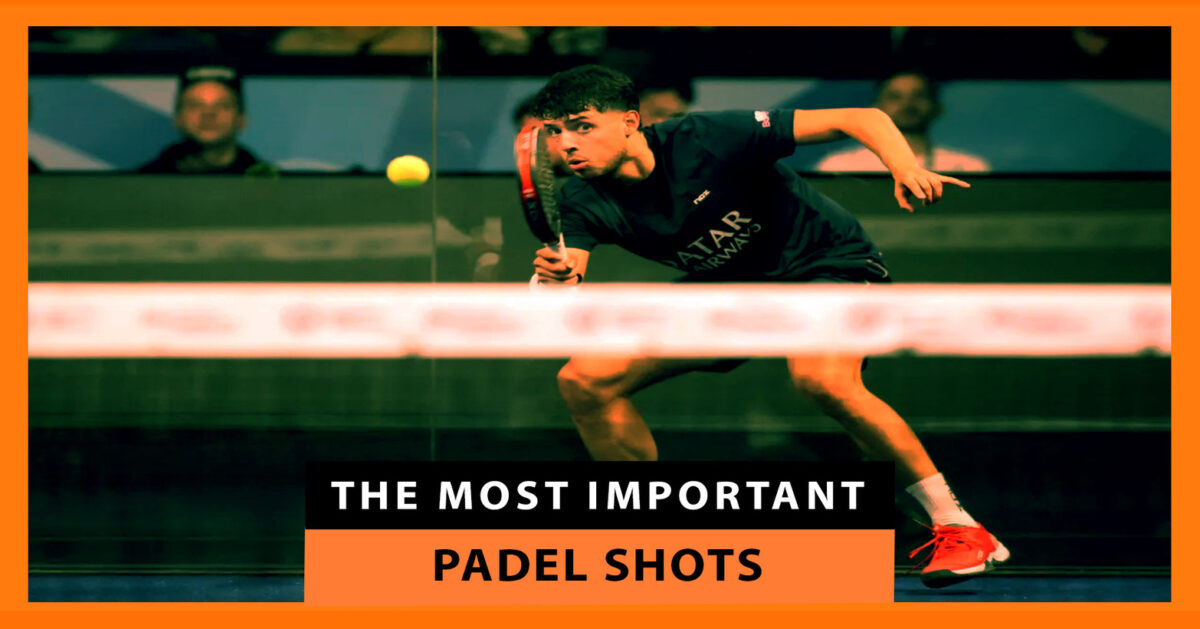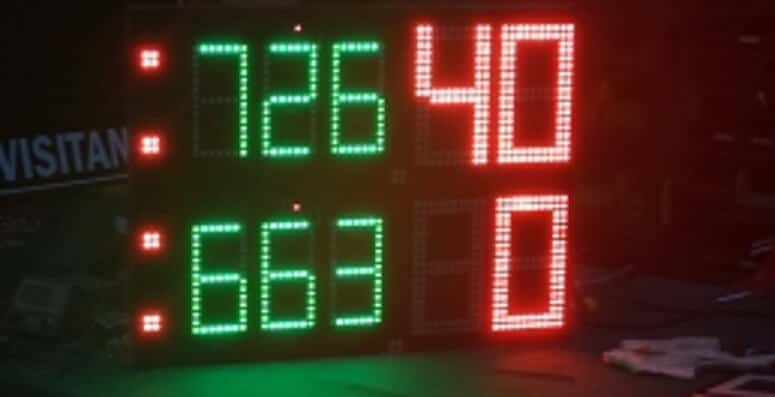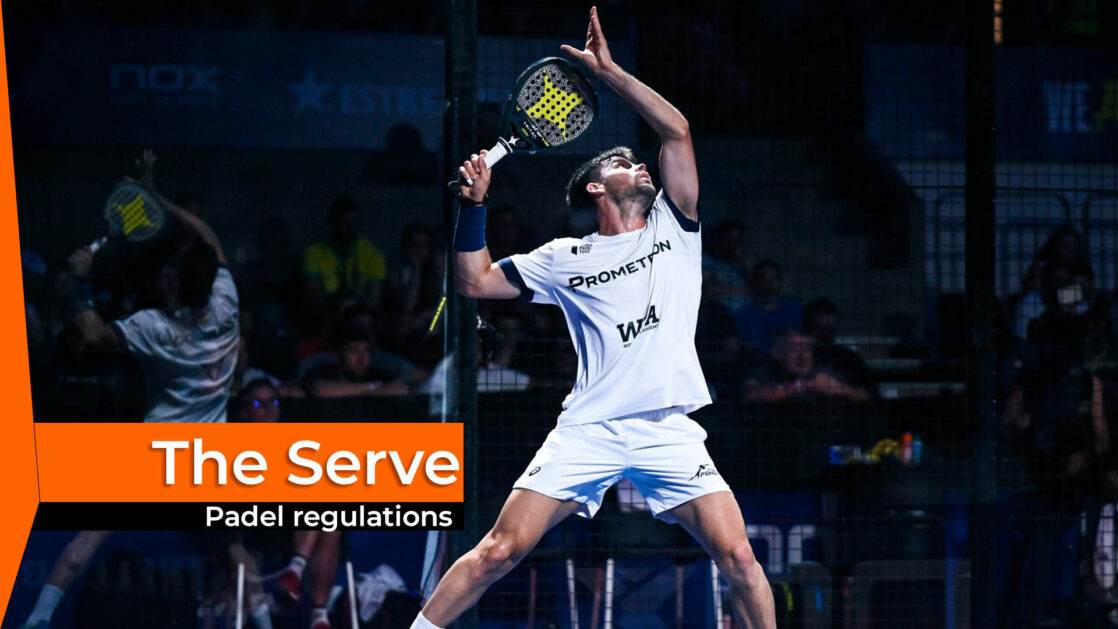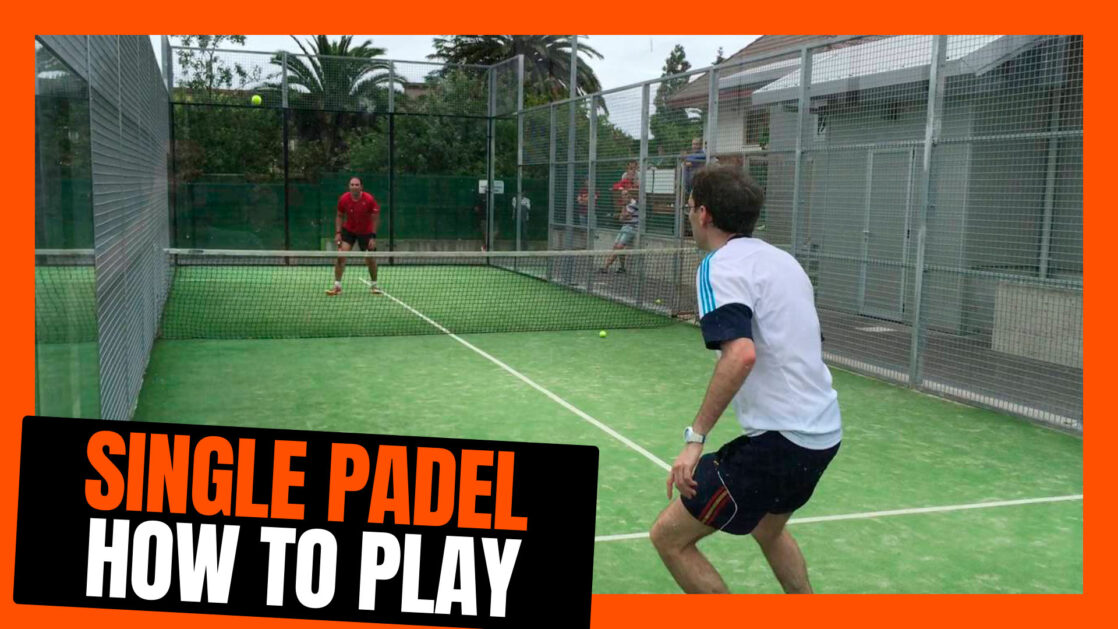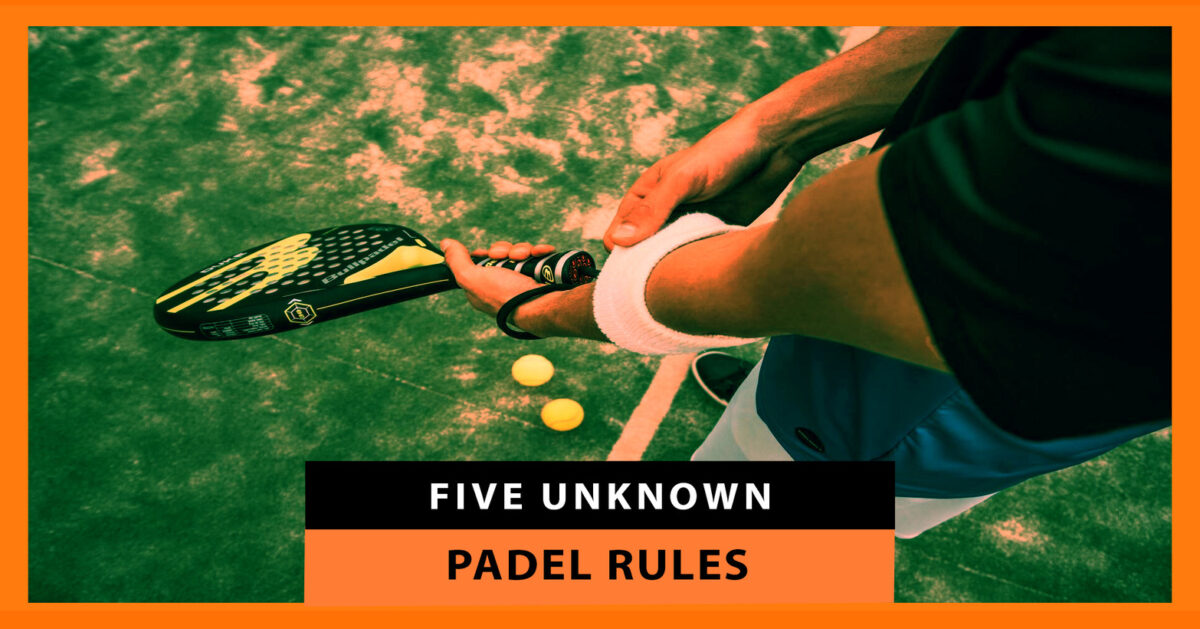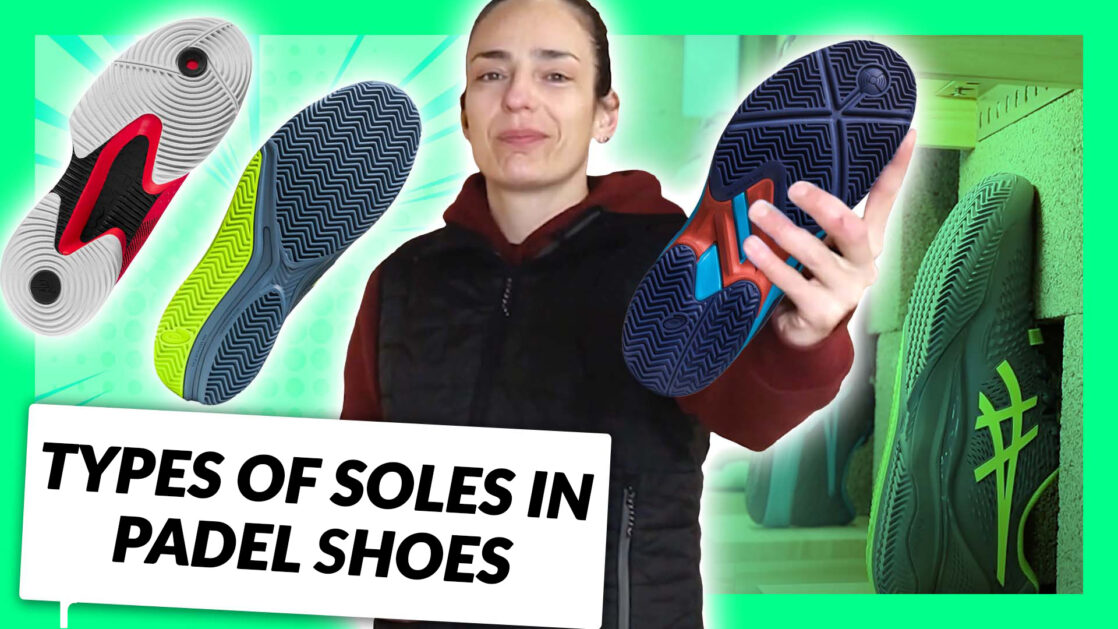What type of material should I choose for my padel racket? It is a common question that padel players ask themselves when choosing a racket. And it is that the materials used to manufacture padel rackets are advancing as time goes by. Currently, carbon has prevailed in the market and it is a material that offers excellent properties when playing, which translates into better performance on the track.
In general, carbon fiber is a very resistant material and lighter than, for example, fiberglass, so it does not accumulate too much weight. That is why it is used in the manufacture of high quality padel rackets. The properties of the different types of carbon fiber, which is determined by the number of threads used during its manufacture, will determine its characteristics and playability, so it is important to know the different options available.
Table of Contents
Types of carbon fibers in padel
As we have already mentioned, there are different types of carbon fibers . The amount of K is not directly related to the quality, this will rather change in relation to the number, it will determine a matter of appearance and feel. The most used in padel are usually:
- 1k carbon
- 3k carbon
- 12k carbon
- 18k carbon
- 24k carbon
The difference that exists according to each numbering refers to the number of threads used in each strip of carbon. So we can say that a 3K carbon incorporates 3,000 threads per strip, while a 12K carbon uses 12,000 threads and so on.
This difference in thickness determines for the most part the changes in rigidity and flexibility that the racket can offer, which makes hitting the ball behave differently depending on which one is used.
What carbon is harder in padel?
Although the higher the K, the more filaments incorporate the fabric with which the carbon fiber has been made, this results in it being more dense but it also tends to flex more when impacting the ball.
An example of this is 3k carbon fiber, the most common carbon fiber in padel rackets. It has a braided structure of 3,000 carbon filaments and offers a good relationship between rigidity and flexibility. It is a very durable and wear-resistant carbon fiber, which makes it ideal for intermediate level players, by following this logic, the higher K, the more flexible the padel racket is.
However, other materials must also be taken into account at the time of its manufacture, such as the padel racket mould, the rubber and the resin that has been used in its construction, since they are aspects that, in their different combinations, directly influence the hardness that I can have the padel racket.
Normally, higher K carbon fibers are used with denser rubbers, while lower K carbon fibers are usually combined with softer foams to achieve a more balanced feel and provide optimal performance.
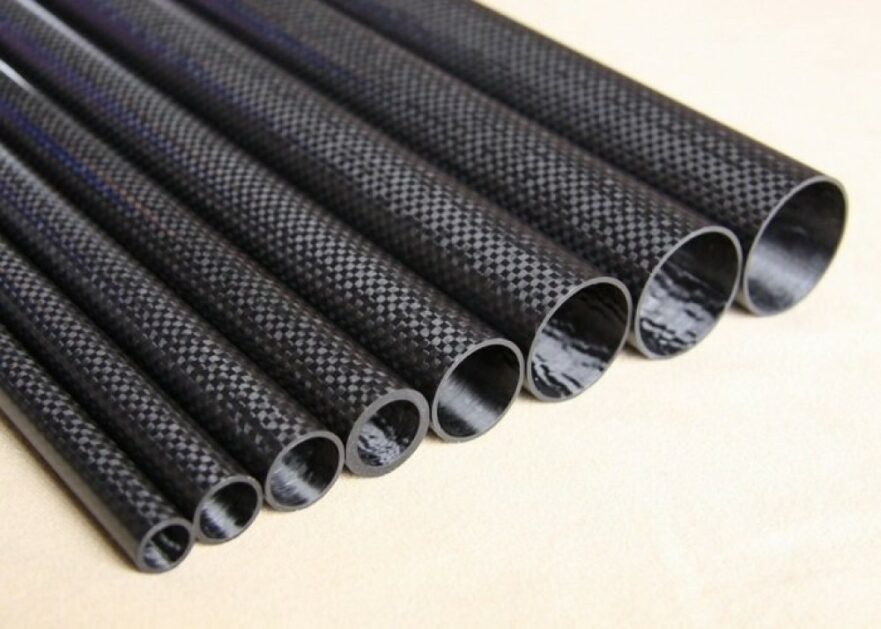
What carbon is better in padel?
So that you can quickly decide which carbon type is right for you, here is a quick summary of the benefits each carbon type brings you:
- 1k carbon : it is the least common, since it is less often used in the manufacture of padel racket. It offers a very light weight with 1,000 filaments per stroke, which is usually quite rigid.
- 3k Carbon : It is light and relatively solid to put power to the ball with less effort. On slow balls, it does not offer as much output, so it requires more use of force to accompany the ball’s output.
- 12k carbon : it is cheaper than the previous ones. It is compact but also manageable since it does not add too much weight to the racket. It is the fabric that presents the best relationship between resistance and manageability. It is used in high-end rackets, perfect for professional players looking for the best precision, power and control in their game.
- 18k carbon : it is one of the most resistant since having more filaments, its thickness is greater. However, its 18,000 filaments give it greater flexion, which improves sensations when hitting, penalizing power, which is why it is better for defensive players as it allows them to have more control when going up the court.
- 24k carbon : it is one of the most durable but at the same time it is the heaviest since due to the amount of threads used, its weight increases. It is usually combined with harder rubbers so as not to be an excessively soft material, so they are generally well balanced.
Which carbon is better 3k or 12k?
No one material is better than the other, as both provide different properties for different roles and play styles. The main difference between 3K carbon and 12K carbon is found in its composition. The 12K weave is a material with greater flexibility than 3K carbon.
If we focus on its behavior on the court, the 12K carbon will provide a more flexible touch than the 3K carbon, improving the ball output in the game from the bottom of the court and penalizing some power in shots. It is generally recommended for experienced players who know how to take advantage of the precision offered by the racket.

The 3k carbon fabric provides a drier touch, ideal for printing greater power in the hit due to its rigidity, ideal for players with an intermediate level who can take advantage of the power and output of the ball, as well as avoid a greater amount of mistakes at the time of finishing.
Which carbon is harder 12k OR 18K?
Analyzing these 2 types of carbon, we can say that the 18k fabric is more flexible thanks to the combination of 18,000 threads. Thoses, a 12k racket is more rigid, allowing at the same time greater power in hitting.
With an 18k fabric we will notice better sensations from the bottom of the track, thanks to its flexibility. The most aggressive players will get more out of the 12k carbon fabric because of its solidity at the moment of hitting, it will give them more power, while on the other hand, those who seek to have more sensations, control and with a defensive game will not be disappointed by the touch it provides the fabric in 18k, as can be seen in models such as the Adipower Multiweight Control 2023.

Difference between the use of carbon and glass fibers
Currently, fiberglass is used in the manufacture of padels made for beginners and intermediate levels. On the other hand, the use of carbon is foreseen in the manufacture of high competition padel racket, since it offers more technical properties that also vary depending on the type of fiber used.
The main advantage of glass fabric is its elasticity. Those fiberglass racket provides greater ball output and a more comfortable touch as it offers greater flexion and, therefore, greater spring effect. However, this penalizes in power since when absorbing the impact of the ball you have to hit with more force so that the ball comes out with more speed. Another relevant aspect to take into account is that using glass fabric is cheaper than carbon fiber, so fiberglass padel racket are cheaper.

Regarding the carbon fabric, its main virtue is its durability since it recovers its initial shape quickly and offers greater resistance, reducing the chances of breakage against collisions with the glass or the padel racket of the partner.
On the court it provides greater power on the ball, especially in fast hits since the material does not absorb the force that we print and the spring effect disappears. As it is a material that is harder and less flexible than fiberglass, the ball output in slow hits such as the bottom of the track that we will achieve with the carbon mesh is lower than that provided by the glass mesh, those requiring a greater effort in hitting to obtain the necessary power in the shot.

 Español
Español
 Belgique
Belgique
 English
English
 Français
Français
 Italia
Italia
 Nederland
Nederland
 Sverige
Sverige


